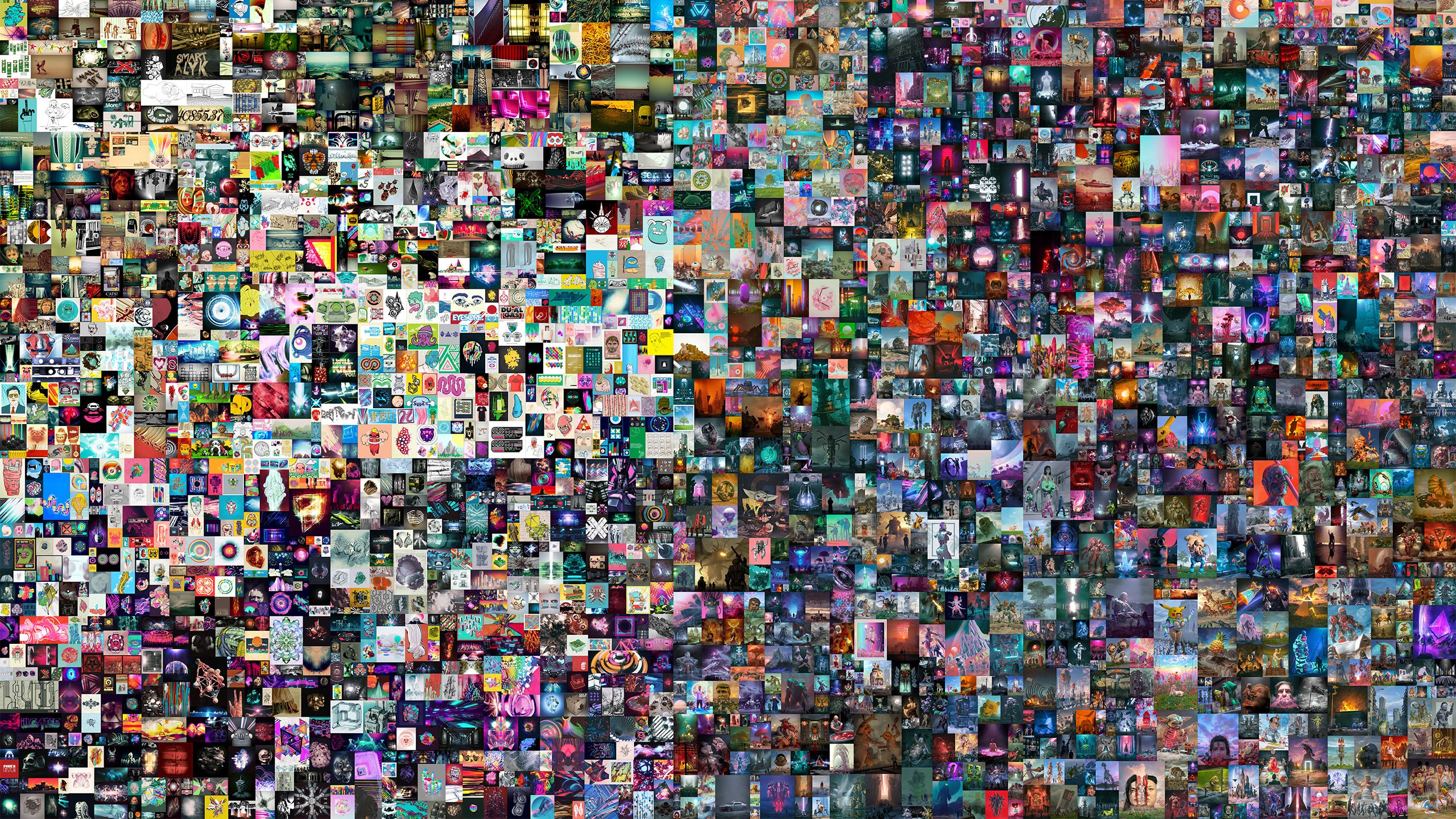When most people think of blockchain, they think of bitcoin. And when most people think of bitcoin, they think of finance. Still, it’s necessary to understand that blockchain can boast applications and use cases far beyond solely finance.
Blockchain is being used in the most unexpected sectors, such as the art world. Let’s consider some examples of the use of blockchain in the art industry!
How Does Blockchain Work in the Art Industry?
With its rich history and variety of forms, art is an industry that has always been a form of self-expression. Thus, it’s no surprise that people are willing to pay for what they consider exclusive. In 2017, the art market was worth $63 billion, which is a significant figure considering how much money some historical artifacts can bring.
Like any industry, the art industry has its drawbacks — the art scene is subject to fraudulent fakes. This is one of the most common issues the art market faces. With so much money invested, it’s no surprise that criminals are attracted to this lucrative industry.
With the help of blockchain, we can finally solve these issues facing the art industry. The immutability aspect will also allow us to document the ownership history of arts in the ledger, which can greatly reduce the number of fakes entering the legitimate market. Blockchain could also be the future of democratization in the arts. And with recent developments and innovations such as micro-investments, some argue that this technology will forever change how we collect and enjoy art.
Provenance Tracking
In the art world, provenance refers to the history of an artwork, who created it, who owned it, and where it was exhibited. This information is very important as it can affect the value and authenticity of the artwork. Unfortunately, provenance records are often lost or stolen, making it difficult to trace the history of a piece of art. However, blockchain offers a solution to this issue.
With blockchain, origin information can be stored in a decentralized ledger that is secure and immutable. This means provenance records can never be lost or falsified, making it easy to track the history of a piece of art, no matter where it went or who owns it. As a result, blockchain-based traceability is becoming increasingly popular in the art world to ensure the authenticity of works of art and protect their value.
Copyright Protection
Copyright law can be complex, and copyright enforcement can be even more complex. But with the help of blockchain, copyright protection can be much easier and more efficient. This is because blockchain allows digital timestamps and watermarks to be applied to works of art so that they can be easily identified and tracked.
This is valuable for artists as it allows them to easily prove that they are the original authors of their artwork. Thus, if someone tries to copy or sell their art without permission, they can quickly take action to stop them. In addition, by using blockchain for timestamps and watermarks on works of art, artists can automatically register their copyright as soon as the artwork is created. This simplifies the copyright registration process and makes it harder for fraudsters to escape responsibility for stealing copyrighted works.
Authentication and Certification
One of the biggest challenges in the art world is authentication, i.e., determining if a work of art is genuine. As forgeries become more sophisticated, it can be difficult for experts to distinguish between a real artwork and a fake one. However, blockchain can offer a solution to this problem.
Blockchain-based authentication systems use cryptographic signatures and hashes to verify the authenticity of an artwork and its creator. These signatures and hashes, in turn, are stored in a decentralized ledger, which means they cannot be falsified or deleted. Thus, blockchain-based authentication systems are tamper-resistant and have a high degree of security, making them ideal for authenticating works of art.
In addition, these systems can be used to issue Digital Certificates of Authenticity (CoAs) for authenticated works of art, making it easier for buyers and sellers to verify the authenticity of artwork before making a purchase or sale.
Creating Digital Arts
The range of features of modern art created with the help of a computer is usually unlimited. What is surprising is that artistic blockchains can make this digital creation much easier and more authentic than ever before.

Read Next: Top 10 Most Expensive NFT Arts Ever Sold 2022
Buying Art with Cryptocurrencies
Cryptocurrency is perfect for when you want to buy a piece of art. By forgoing banks and their slow processes, you can send large amounts seamlessly, as cryptocurrency provides fast transactions that take place instantly.
Easy Accessibility of Works of Art
With the introduction of blockchain technology, anyone can purchase original works of art anywhere. Since these works are traded publicly on digital marketplaces, they can be accessed by all participants, regardless of their social status or financial resources, which were previously not available through traditional channels. Aspects of value use and ownership that were previously only available in elite circles will soon be openly available to everyone.
Decentralization of Art Markets
This does not mean that traditional art galleries sank into oblivion. Regardless of the world’s digitization, art galleries are still one of the best places to visit. However, blockchain has introduced an innovation called the DAO art marketplace.
With the decentralized blockchain marketplace, you can sell your artwork and accept bids from anywhere in the world. Smart contracts will help facilitate transactions by ensuring that funds and artworks go to those who are entitled to them.
Read Next: Top 12 Best NFT Marketplaces to Create & Trade NFT Tokens 2022
Conclusion
Blockchain has found its way into almost every industry, from provenance tracking and copyright protection to authenticity certification in the art world! We are pleased that this technology with such great potential is used so effectively!

Leave a Reply